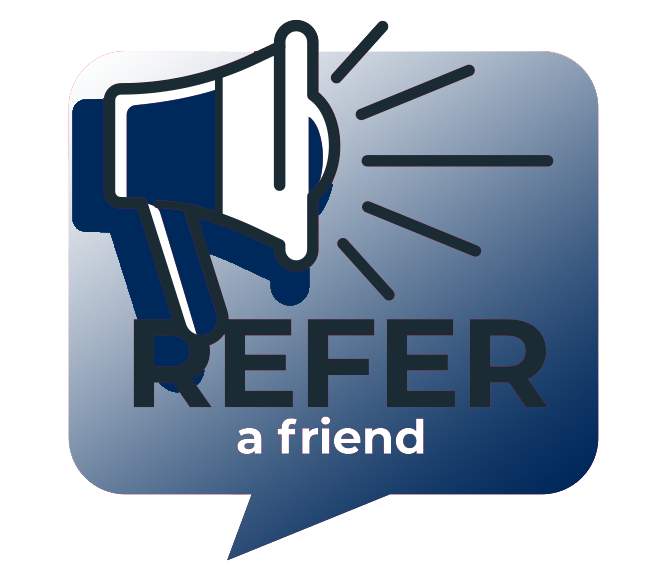This is such a common question we hear from home owners as well as realtors and mortgage lenders when it comes to property in Florida. Although it’s been proven that the majority of flood claims come from “low risk†flood zones (determined by FEMA), it’s still extremely important to know what level of risk you have for your home to potentially sustain flood damage.
There is a new tool called Flood Factor from First Street Foundation that can help determine the flood risk of a property just by entering the physical address. This tool can tell you approximately what percentage the chances are of your property being damaged by flood and what amount of flooding might occur. There are also projections up to 30 years into the future of how that could change over time. And if you’re interested, you can see some further statistics on your zip code, county and state within this tool as well.
This is beneficial in many ways but mostly to bring awareness to home owners of what their own situation is with regards to flooding and also what threats the surrounding areas may face. This also brings to light some gaps in the current FEMA mapping system, especially in smaller communities and rural areas. FEMA has reportedly only mapped one third of the nation’s riverine and coastal floodplains. That’s not nearly enough! But without an appropriate level of funding from Congress, that won’t be completed. This tool also helps with planning, identification of hazard mitigation opportunities, and conducting emergency response action plans.
One thing to note is that this tool is limited on how many details it knows about the property so it will not take into account things like community action, manual drainage systems put in place, etc.
It has been discovered that even just one inch of flooding can cause up to $27,000 of damage to your home so this isn’t something to take lightly. Most standard home owners and renters insurance policies do NOT cover flooding so it’s worth checking this out and seeing if you need a separate flood insurance policy. For more information on flood insurance or to obtain a quote, please contact us at (352) 371-7977 or [email protected].



